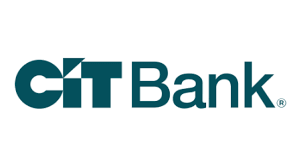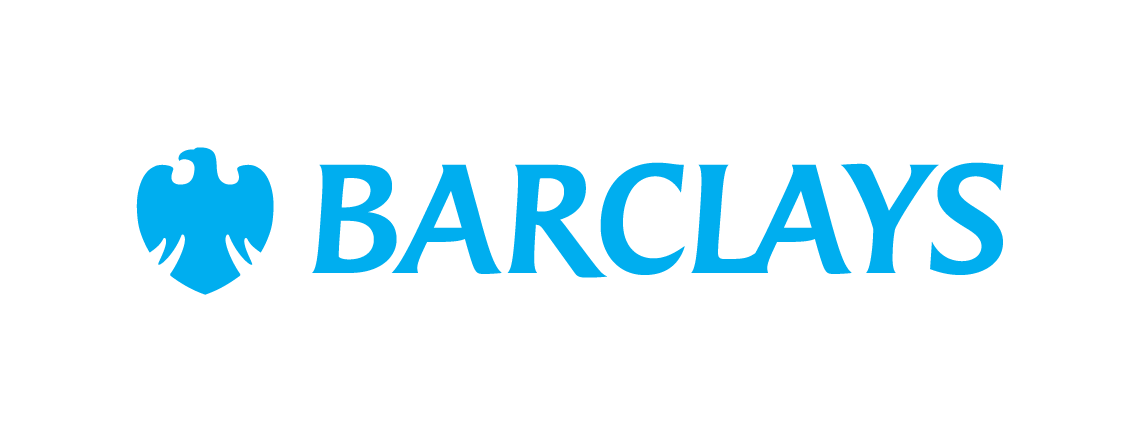Study Shows: Here's How Much Money the Richest Americans Have in the Bank
KEY POINTS
- The richest 10% of Americans have an average of $128,000 in their bank accounts.
- It's recommended to have one to two months of expenses in your checking account and a three-to-six-month emergency fund in your savings account.
- To build your savings, transfer money there after every paycheck and avoid overspending on your biggest bills, including your home, car, and food.
Most Americans don't have a ton of money in the bank. The median balance in Americans' transaction accounts is $8,000, according to the Federal Reserve's Survey of Consumer Finances. That's the combined total across all types of bank accounts, including checking, savings, and money market accounts.
It's a different story for the richest Americans. While you'd expect people at the highest levels of wealth to have more money in the bank, how much they have may still surprise you.
How much the richest Americans have in the bank
The top 10% of Americans by net worth have $128,000 in the bank. That's 16-times as much as the typical American. Here's a breakdown of Americans' median account balances by net worth.
| Net worth percentile | Median balance on transaction accounts |
|---|---|
| 90–100 | $128,000 |
| 75–89.9 | $41,500 |
| 50–74.9 | $13,000 |
| 25–49.9 | $4,380 |
| Less than 25 | $1,000 |
Bank account balances are one of many areas where wealth is largely concentrated among the richest Americans. The top 10% (and to a lesser extent, the top 25%) have well-funded checking and savings accounts. The bottom 50% have a median balance of $1,000 to $4,380 -- less than the average household's monthly expenses.
Our Picks for the Best High-Yield Savings Accounts of 2025
| Product | APY | Min. to Earn | |

American Express® High Yield Savings
Member FDIC.
APY
3.70%
Rate info
3.70% annual percentage yield as of April 13, 2025. Terms apply.
Min. to earn
$0
Open Account for American Express® High Yield Savings
On American Express's Secure Website. |
3.70%
Rate info
3.70% annual percentage yield as of April 13, 2025. Terms apply.
|
$0
|
Open Account for American Express® High Yield Savings
On American Express's Secure Website. |

CIT Platinum Savings
Member FDIC.
APY
4.10% APY for balances of $5,000 or more
Rate info
4.10% APY for balances of $5,000 or more; otherwise, 0.25% APY
Min. to earn
$100 to open account, $5,000+ for max APY
Open Account for CIT Platinum Savings
On CIT's Secure Website. |
4.10% APY for balances of $5,000 or more
Rate info
4.10% APY for balances of $5,000 or more; otherwise, 0.25% APY
|
$100 to open account, $5,000+ for max APY
|
Open Account for CIT Platinum Savings
On CIT's Secure Website. |

Barclays Tiered Savings
Member FDIC.
APY
4.15%
Rate info
Balances less than $250,000 earn 4.15%, and balances greater than $250,000 earn 4.40% APY.
Min. to earn
$0
Open Account for Barclays Tiered Savings
On Barclays' Secure Website. |
4.15%
Rate info
Balances less than $250,000 earn 4.15%, and balances greater than $250,000 earn 4.40% APY.
|
$0
|
Open Account for Barclays Tiered Savings
On Barclays' Secure Website. |
Setting your own banking goals
Now you know how much other Americans have in the bank. But how much should you have in your own accounts? That depends on your monthly expenses and your upcoming financial goals.
It's generally recommended that people have:
- One to two months of living expenses in their checking accounts
- Three to six months of emergency savings in their savings accounts
Let's say your living expenses are $3,000 per month. You'd keep $3,000 to $6,000 in your checking account to cover your expenses. And you'd aim for $9,000 to $18,000 in your savings account as an emergency fund.
Your savings account is also where you'd save toward future expenses. You could set aside money for your yearly vacation, holiday gifts, a down payment on a home, and anything else you'll need money for in the near future.
How to build your savings
If you don't have anywhere near that much in the bank, these numbers can feel overwhelming. Saving up several months of living expenses is no small feat, but it's an important part of being financially secure. When you have plenty of money in the bank, you're ready for anything life throws at you.
Here are a few tips that can help you save more:
- Pay yourself first. Transfer money to your savings account immediately after you get paid every month. You could also set up automatic transfers so you don't need to do this manually.
- Break down savings goals into smaller parts. Instead of aiming for a $15,000 emergency fund right off the bat, go for $1,000. Once you've done that, go for $2,000, and keep repeating this process.
- Be careful how much you spend on your home, car, and food. These tend to be the largest monthly expenses, and they're also where people often overspend. If you can keep these costs reasonable for your income, you'll have a much easier time saving money.
- Make sure you're using a high-yield savings account. These accounts have much higher interest rates than the average savings account -- some earn APYs above 5%. A higher APY means you earn more, and it can also serve as good motivation to save money.
Remember that saving money is a long-term process. It's hard to make progress if you only save every now and then. But if you make it a habit, you'll see your savings steadily increase, and you'll be in a much better financial position.
Our Research Expert
We're firm believers in the Golden Rule, which is why editorial opinions are ours alone and have not been previously reviewed, approved, or endorsed by included advertisers. Motley Fool Money does not cover all offers on the market. Motley Fool Money is 100% owned and operated by The Motley Fool. Our knowledgeable team of personal finance editors and analysts are employed by The Motley Fool and held to the same set of publishing standards and editorial integrity while maintaining professional separation from the analysts and editors on other Motley Fool brands. Terms may apply to offers listed on this page. APYs are subject to change at any time without notice.